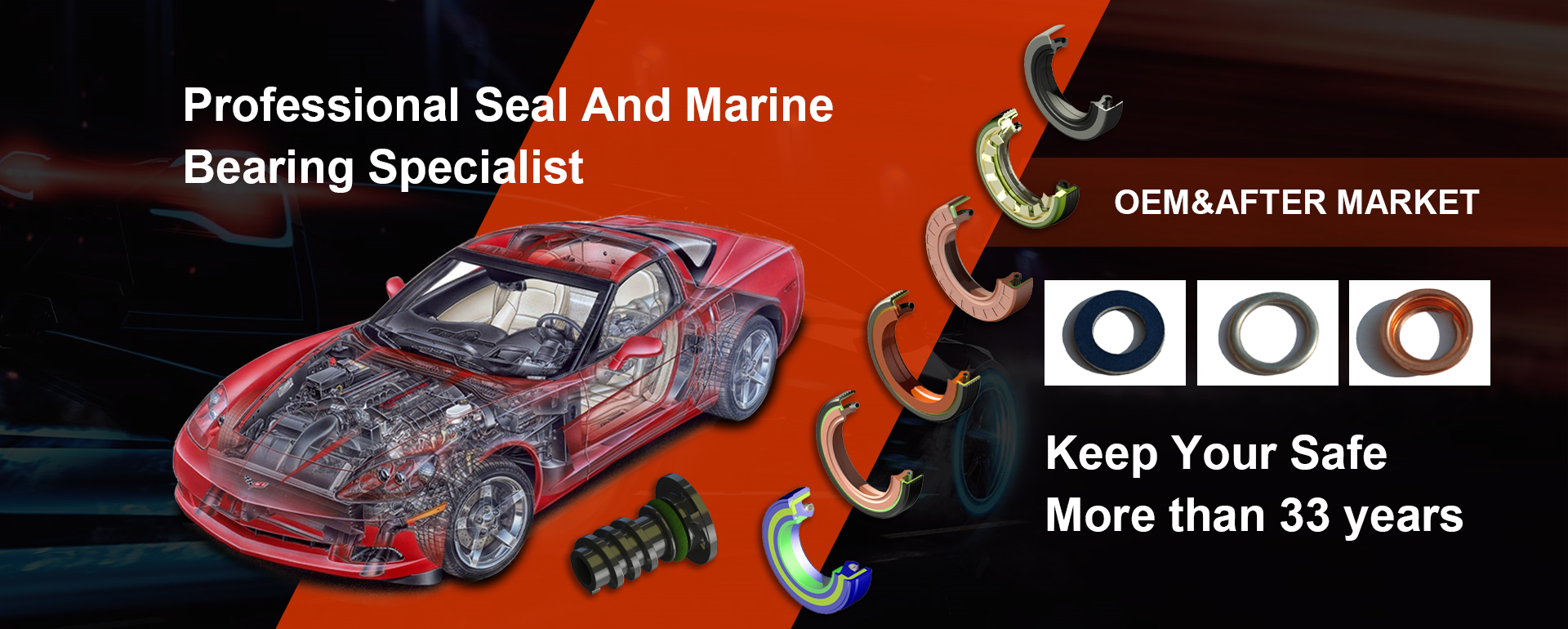o ring and backup ring
The Importance of O-Rings and Backup Rings in Sealing Applications
In the world of engineering and manufacturing, the significance of reliable sealing solutions cannot be overstated. O-rings and backup rings are two essential components used in various applications to ensure leak-proof functionality and enhance the longevity of equipment. This article delves into the characteristics, applications, and advantages of O-rings and backup rings, highlighting their role in maintaining operational efficiency across multiple industries.
Understanding O-Rings
An O-ring is a circular sealing element made from elastomeric materials. Its shape resembles the letter O, which is where it derives its name. O-rings are predominantly used in dynamic and static sealing applications where they compress against two mating surfaces to prevent fluid or gas leakage. They are available in various sizes, materials, and hardness levels, making them adaptable to a wide range of environments, from hydraulic systems to aerospace applications.
The most common materials used for O-rings include nitrile rubber (NBR), silicone, fluorocarbon (FKM), and ethylene propylene diene monomer (EPDM). Each material boasts unique properties tailored to specific applications, such as resistance to heat, chemicals, or extreme pressures. This versatility allows engineers to select the appropriate O-ring for their specific needs, ensuring optimal performance.
The Role of Backup Rings
While O-rings provide efficient sealing solutions, they can be susceptible to extrusion, particularly in high-pressure applications or when subjected to high shear forces. This is where backup rings come into play. A backup ring is a supportive element typically made from harder materials, such as polyamide, PTFE, or other engineered thermoplastics. The primary function of a backup ring is to prevent an O-ring from extruding between the mating surfaces, thereby prolonging its lifespan and ensuring consistent sealing performance.
Backup rings are generally installed alongside O-rings in high-pressure environments or where a significant amount of friction and wear is present. They help distribute the pressure more evenly across the O-ring, reducing the risk of damage and enhancing the overall sealing integrity of the assembly.
Applications Across Industries
o ring and backup ring

O-rings and backup rings are utilized in numerous industries, including automotive, aerospace, oil and gas, pharmaceuticals, and food processing. In the automotive industry, O-rings are commonly used in engine components, fuel systems, and brakes, protecting sensitive parts from contaminants. In aerospace applications, these seals are critical due to the extreme conditions involved, such as temperature fluctuations and high-pressure environments.
In oil and gas applications, O-rings are essential for maintaining the integrity of drilling equipment and pipelines. They prevent leaks that could lead to environmental hazards and costly downtime. The pharmaceutical and food processing industries rely on O-rings to ensure sanitary conditions, as they help prevent contamination in sensitive production processes.
Advantages of Using O-Rings and Backup Rings
The use of O-rings and backup rings in sealing applications offers several advantages. First, they are relatively easy to install, requiring minimal tools and time. This simplicity translates to reduced labor costs during assembly and maintenance.
Second, O-rings provide a reliable sealing performance across a wide range of temperatures and pressures, ensuring equipment operates efficiently under varying conditions. The addition of backup rings further enhances this reliability by extending the lifespan of the O-rings and maintaining tight seals in challenging environments.
Lastly, selecting appropriate materials for O-rings and backup rings can lead to significant cost savings. Durable materials reduce the frequency of repairs and replacements, translating to lower overall operational costs.
Conclusion
In conclusion, O-rings and backup rings play a pivotal role in ensuring the integrity of sealing solutions across various industries. Their unique properties, widespread applications, and advantages make them indispensable components in modern engineering. As technology advances and the demands for more efficient and reliable sealing solutions increase, the importance of O-rings and backup rings will only continue to grow. Understanding their functionalities and applications will empower engineers and manufacturers to make informed decisions, optimizing their processes and enhancing product performance.
-
The Ultimate Guide to Boat Propeller Bearings and Trailer Wheel Bearings
News Jul.31,2025
-
The Essential Guide to Marine Bearings and Boat Trailer Wheel Bearings
News Jul.31,2025
-
The Complete Guide to Heavy Duty Seals: Protecting Doors and Spaces Efficiently
News Jul.31,2025
-
Essential Guide to Marine Shaft Bearings and Boat Trailer Axle Bearings
News Jul.31,2025
-
Comprehensive Guide to Marine and Trailer Bearings for Safe Boating and Transport
News Jul.31,2025
-
Comprehensive Guide to Automotive Oil Seals: Protecting Your Engine and Shafts
News Jul.31,2025
-
Understanding Automotive Oil Seals: Essential Components for Engine and Shaft Protection
News Jul.30,2025
Products categories















